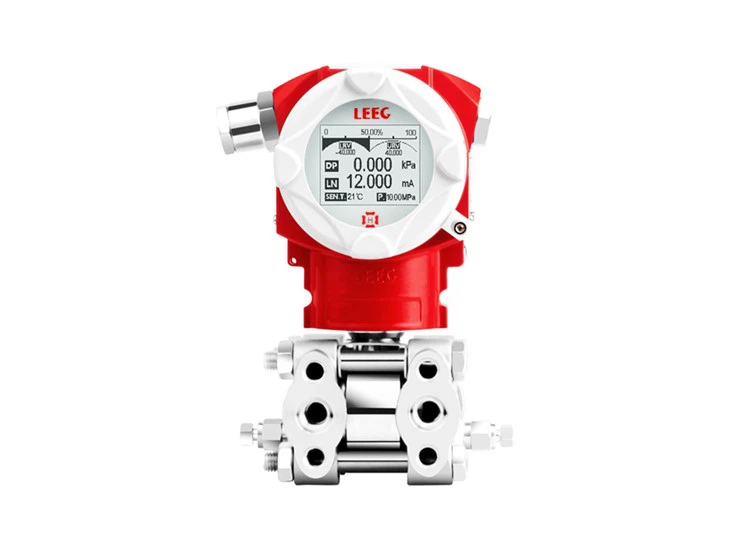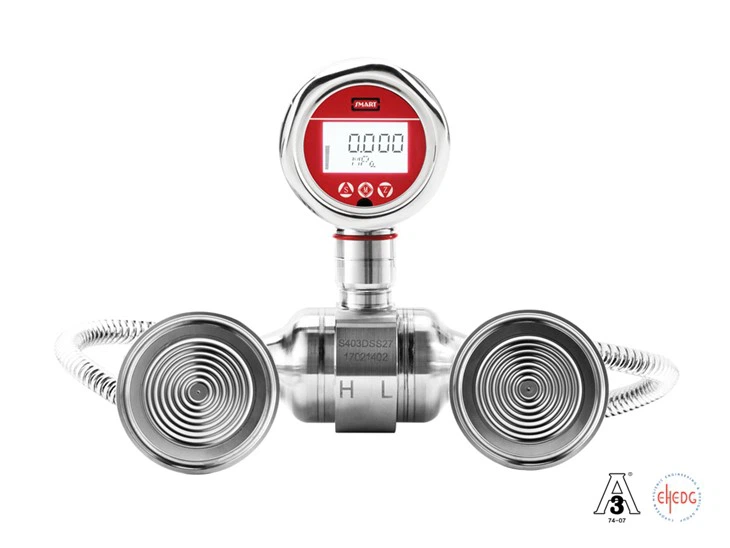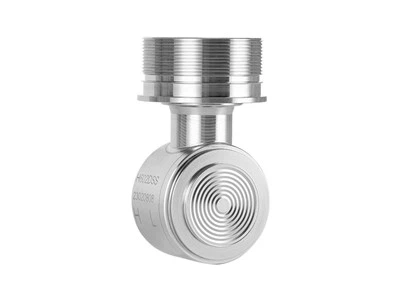In industrial automation and process control, transmitters are critical measurement devices. The selection of materials significantly impacts measurement safety, accuracy, and product lifespan. In certain applications, such as fermentation tanks, material choice can even affect the taste of food products. Transmitter materials must comply with national or international standards to ensure they do not cause contamination, while also possessing sufficient mechanical strength and corrosion resistance. For hygienic pressure transmitters, the main materials include product contact surface materials and non-contact surface materials, each with distinct requirements. Today, let's explore how to rationally select materials to meet industry standards.

2.2 Selection of Transmitter Materials
The process connection and sensor are the installation and pressure-sensing components of the transmitter, requiring direct or indirect contact with the measured product, i.e., the transmitter's contact surface. The transmitter circuit module and cable protection are components used for signal transmission and do not require direct contact with the measured product, i.e., the transmitter's non-contact surface. Improper material selection for either category can directly or indirectly determine whether the transmitter meets hygienic requirements.
2.2.1 Contact Surface Materials (Wetted Part Material)
Transmitter contact surface materials are typically made of high-quality stainless steel, commonly including 304 (06Cr19Ni10), 316 (06Cr17Ni12Mo2), 304L (022Cr19Ni10), and 316L (022Cr17Ni12Mo2). According to 3-A sanitary standards, materials must comply with the AISI (American Iron and Steel Institute) 300 series stainless steel (excluding 301, 302, and 303) or ACI classifications. Additionally, no component of the stainless steel must corrode when in contact with the tested product, and it must be non-toxic and non-absorbent. When welding is required, the carbon content of the stainless steel must not exceed 0.08%, and the use of alloys containing lead, leachable copper, or other toxic substances is prohibited. Non-metallic materials are also commonly used as contact surface materials, typically including various rubbers and plastics. Non-metallic materials are often used as auxiliary sealing materials and must undergo hygienic certification (e.g., FDA certification in the United States) during selection.
2.2.2 Non-Contact Surface Materials (Non-Wetted Part Material)
Compared to contact surface materials, the selection of non-contact surface materials is broader. Firstly, they must be corrosion-resistant and non-absorbent; secondly, they must be durable and easy to clean. If coatings are applied, they must exhibit strong adhesion. Components requiring disassembly for cleaning should not be coated.
The material selection for hygienic pressure transmitters is a systematic engineering task that requires comprehensive consideration of mechanical properties, chemical stability, hygienic standards, and practical application environments. Contact surface materials, which directly interact with the measured medium, must strictly adhere to international hygienic norms, prioritizing materials with certifications such as FDA to ensure they are non-toxic, non-corrosive, and non-absorbent. Although non-contact surface materials do not directly participate in measurement, they still need to possess properties like corrosion resistance and ease of cleaning to ensure the long-term stable operation of the equipment.

In this part, we explored contact surface materials and non-contact surface materials. In the next part, we will continue to discuss surface roughness, welding, and the standards that must be met for sealing. In the future, when selecting materials, in addition to meeting existing standards, it will be essential to stay updated with the latest industry trends to ensure equipment continues to comply with ever-evolving hygienic and safety requirements. Through scientific material selection, transmitters can not only perform optimally in current applications but also adapt to more stringent industrial standards in the future, providing long-term stability and reliability for production processes.






